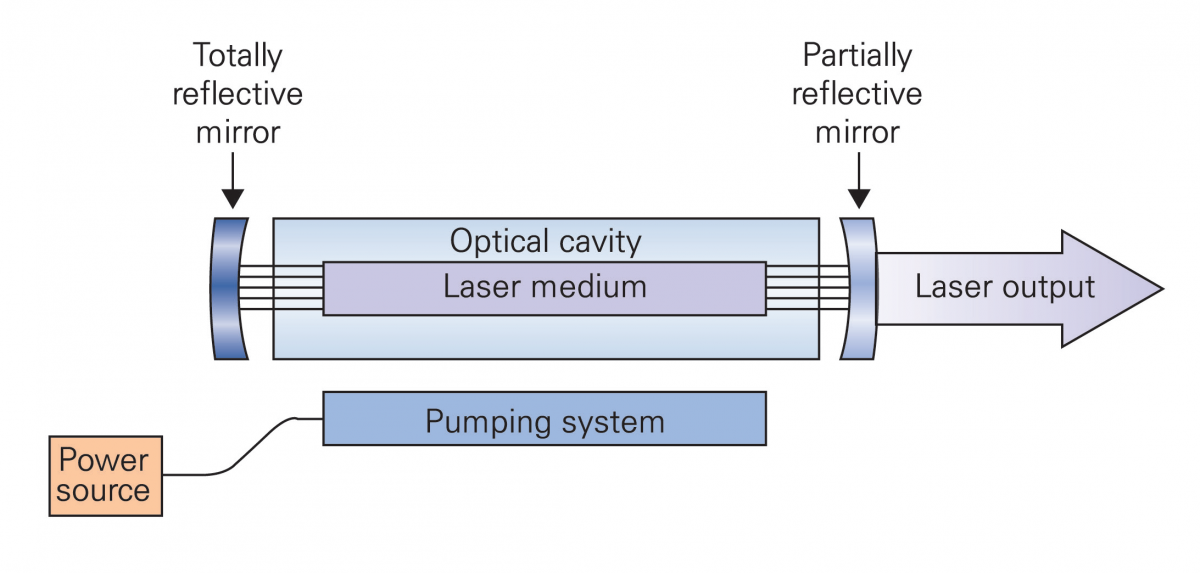
▶ Previous Artlcle : #18-6. Picosecond Laser
Finishing the Series
This is the last article I wrote for the series.
I feel relieved and sad about finishing this series over a period of one year and a half.
When I was first asked to publish a series from D&PS, I was concerned at my petty knowledge.
[Advertisement] Reandnè Thread Series – Manufacturer: GTG WELLNESS(https://gtgwellness.co.kr/en/)
There were so many experts in laser procedures and I dared to write on the vast areas of laser medicine?
My articles could be based on false knowledge or deal with controversial experiences. I was reluctant to accept the offer.
However, I have conducted various laser procedures for 15 years–both a long time and a short time–, studying hard for better results.
I decided to write the series so that I could summarize what I had understood for the years.
My articles sometimes read like unorganized memo as I focused on containing information as much as possible to help the readers when they perform laser procedures in clinical situations.
I feel sorry and grateful for those who have read my articles with interest.
To sum up what I have written for this series, I initially introduced the origin of the world “laser” and the history of the development of various types of laser.
I then described the principles and basic theories of laser over a few issues, before going into the details to deal with the basic structures and characteristics of each laser by wavelengths, indications, and how to use laser in clinical practice. In this article I’d like to summarize what I had described in the series.

Figure 1. Principles of laser power.
-To be continued




















